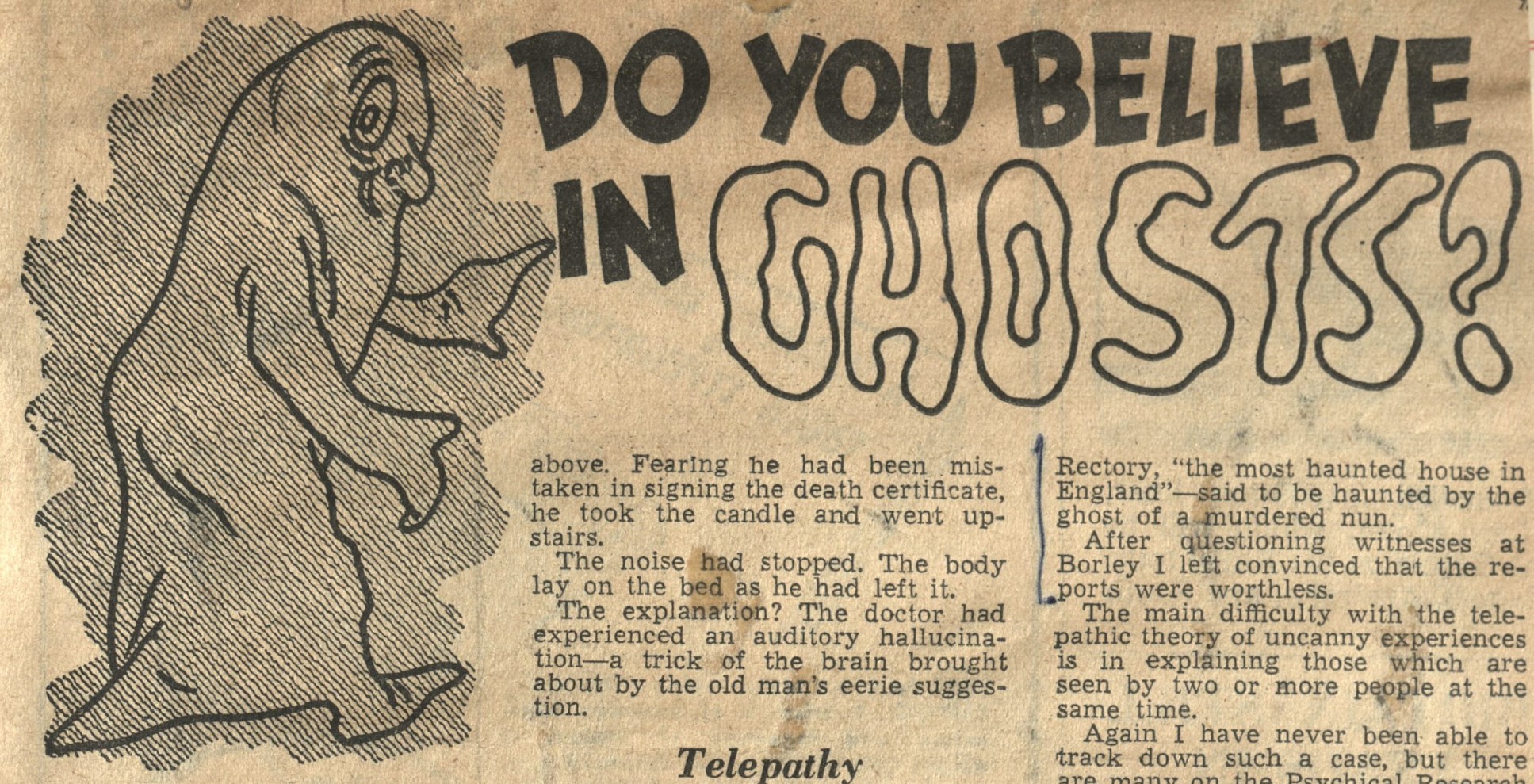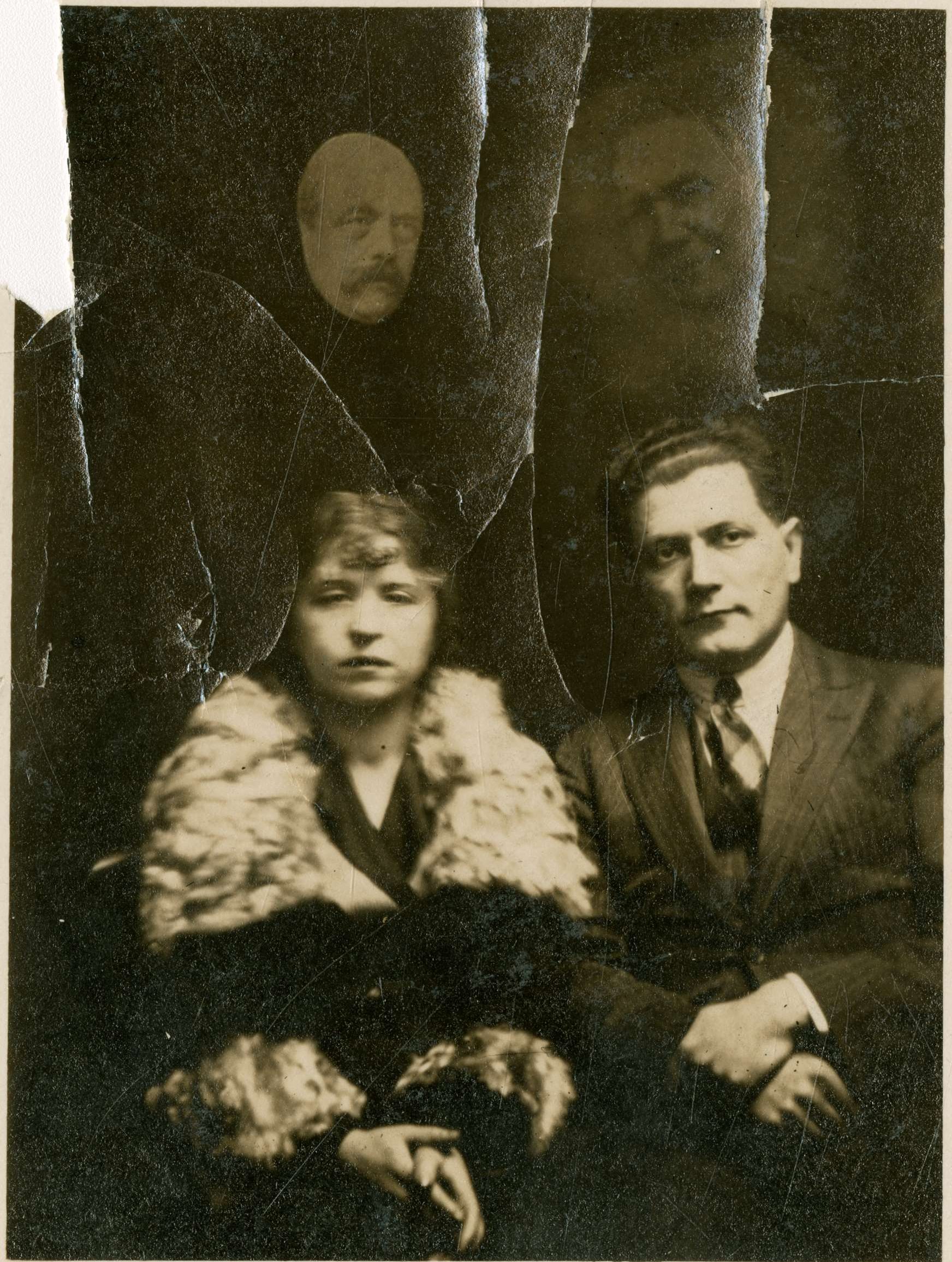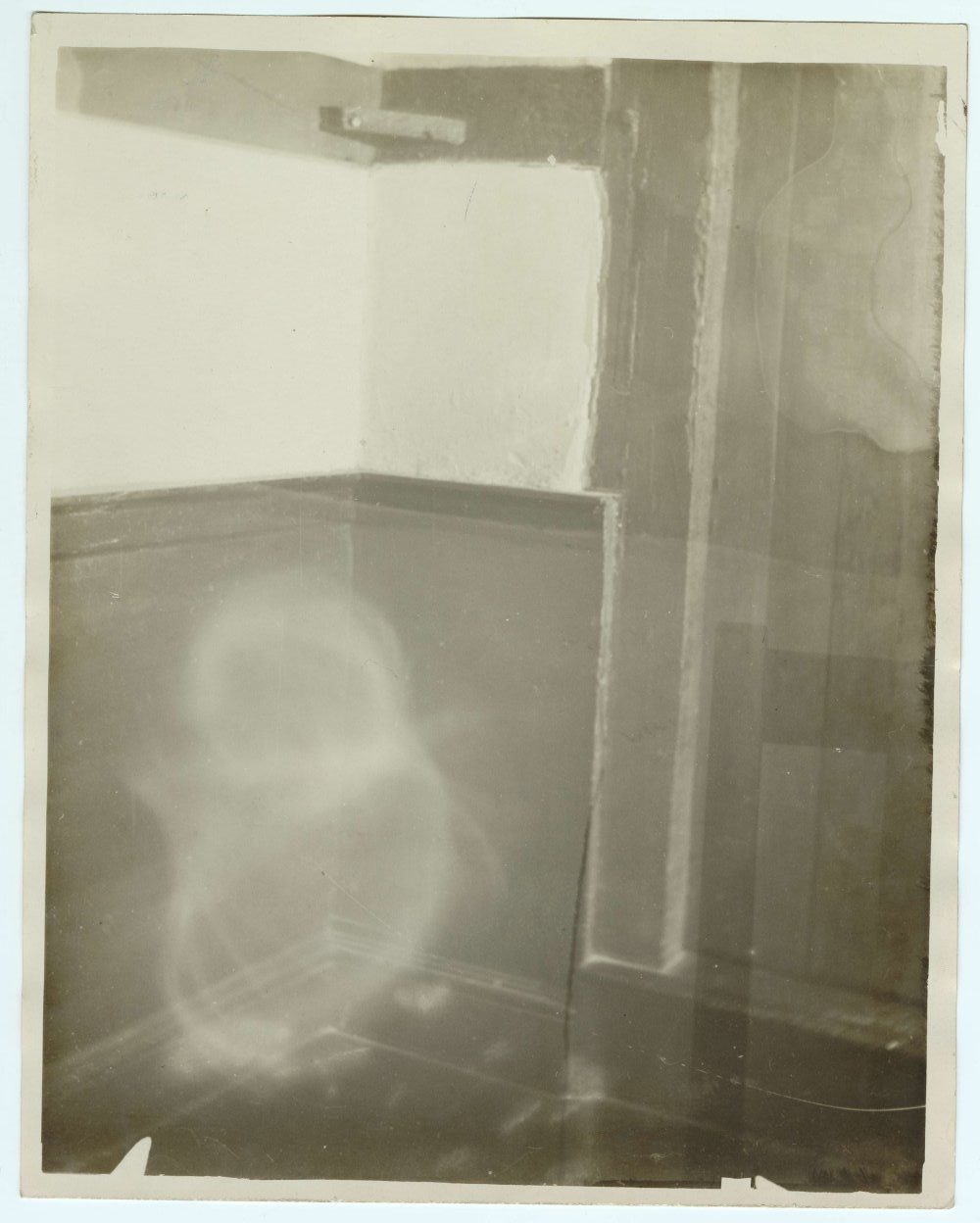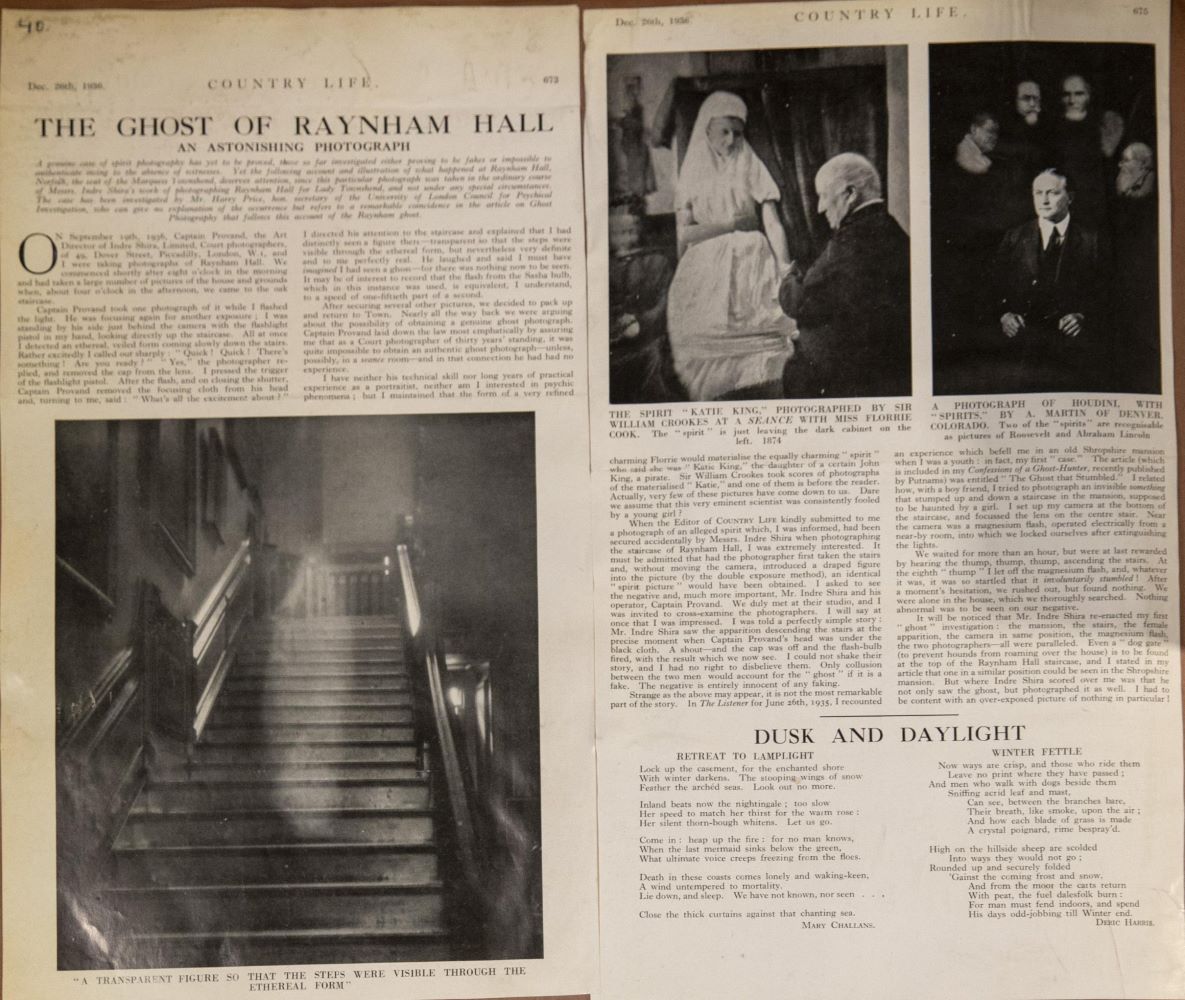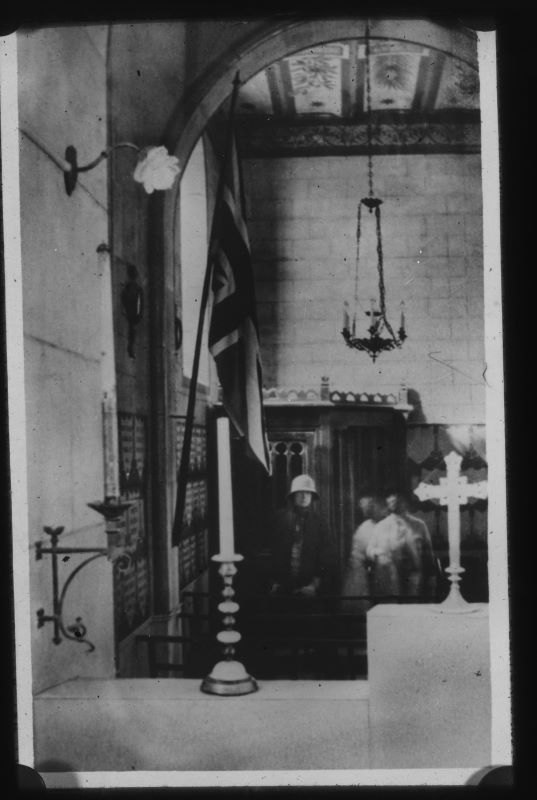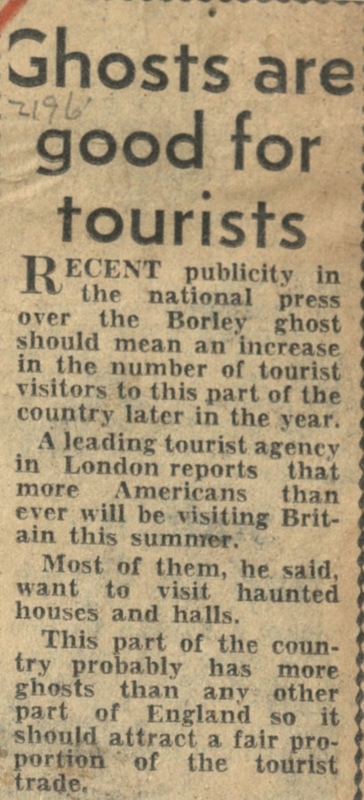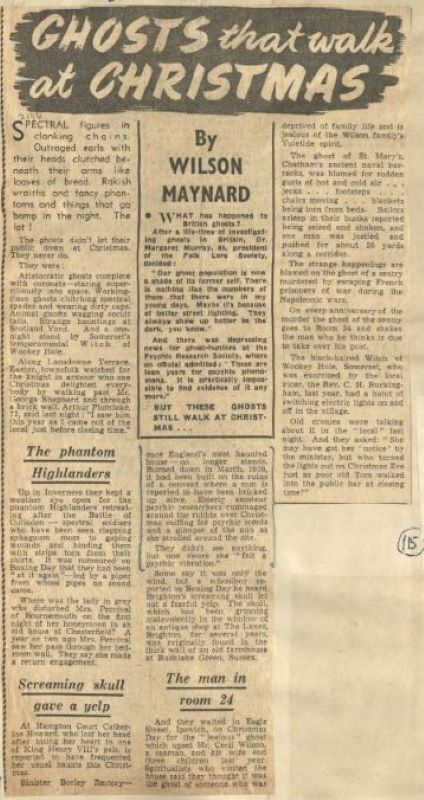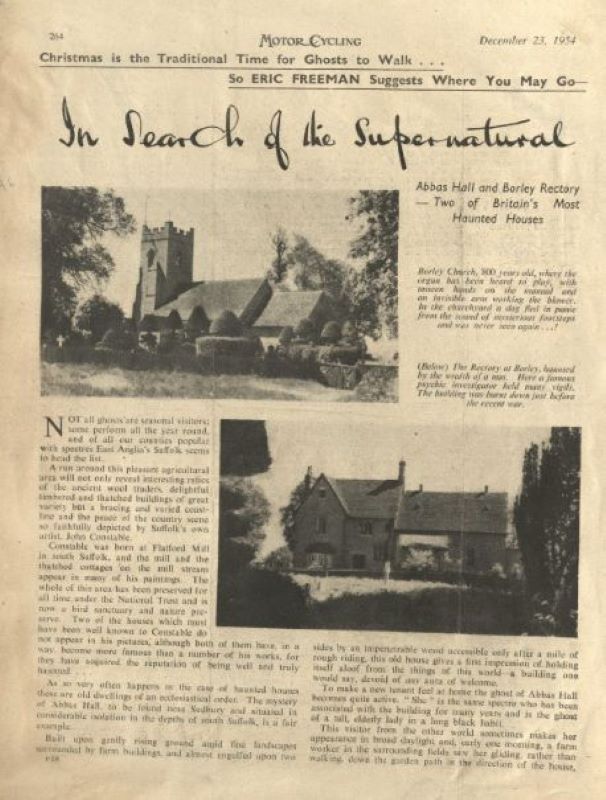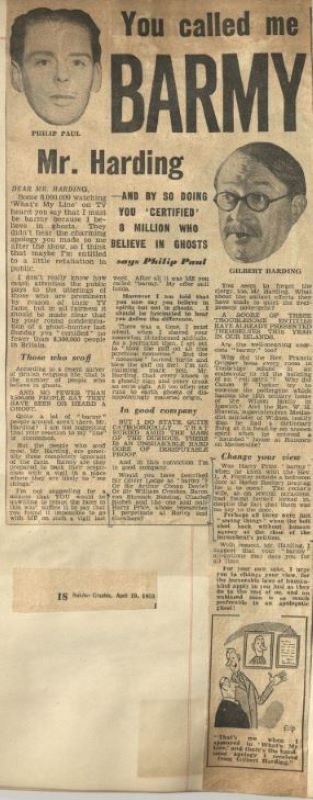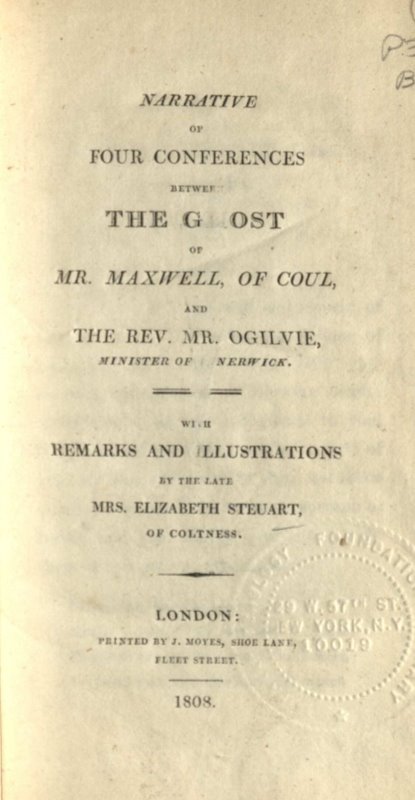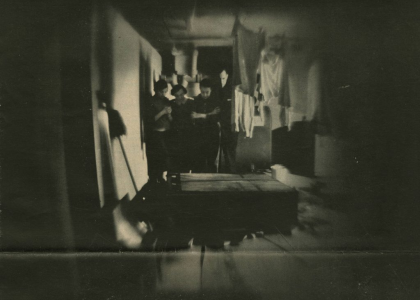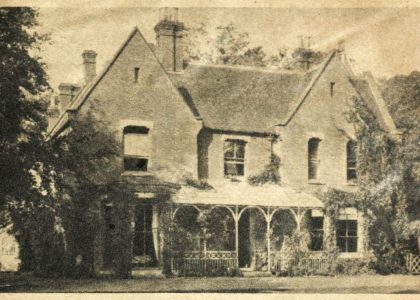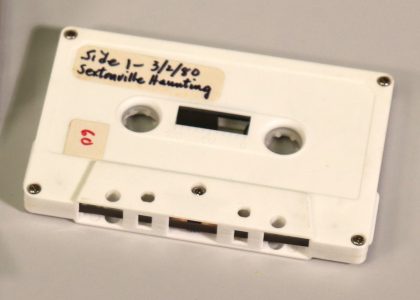The subject of ghosts has been a topic of interest for centuries all around the world. Ghosts, spirits, poltergeists, and specters are just a few terms that have been used to describe various apparitions and explain other phenomena. Perceptions of ghosts vary across cultures, time periods, and individual cases, and thus the different terms used to describe them may not all be synonymous with our current understanding.
Ghosts are commonly believed to be the spirits of the dead. Some ghosts may be perceived as evil spirits, perhaps seeking vengeance for gruesome deaths. Others may believe ghosts are restless souls who had unfinished business in life. At times, people have perceived of spirits as good or benevolent.
Parapsychologists such as Nandor Fodor have proposed theories to explain ghostly phenomena. He suggested that paranormal activity may be caused by the subconscious of an individual – an external manifestation of inner conflicts.
Fodor’s theory drew criticism from spiritualists, who believed in the reality of spirits as evidence of an afterlife. Today, this theory is rejected as pseudoscience along with its Freudian basis.
More recent explanations for ghostly phenomena include the power of suggestion, effects of electromagnetic fields, low frequency sound, technological errors or effects, sleep paralysis, and exposure to toxins such as carbon monoxide or certain molds.
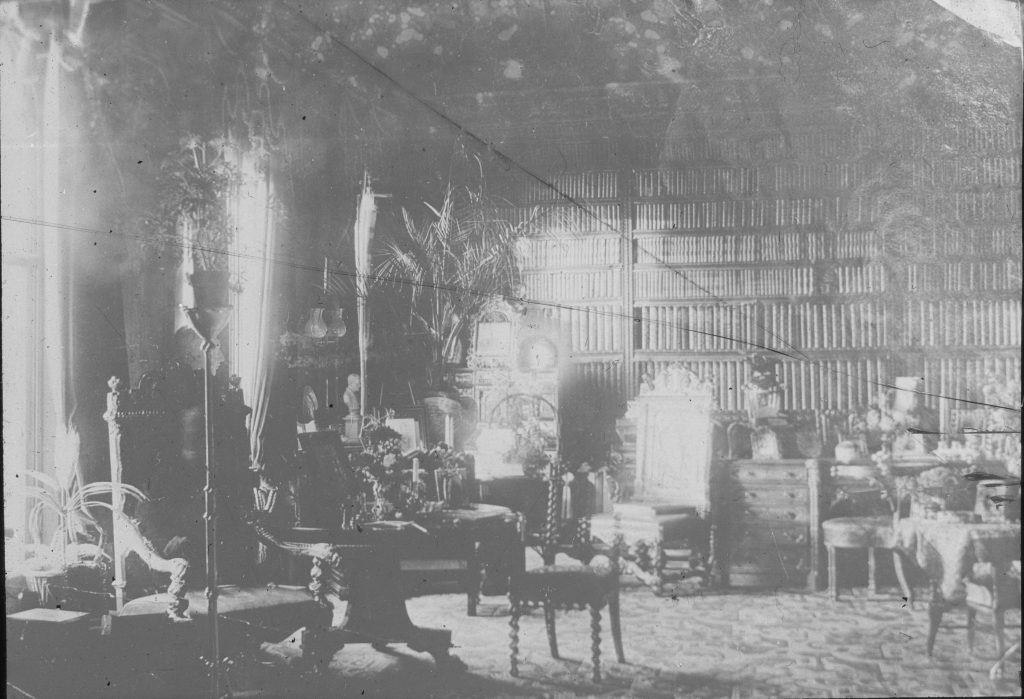
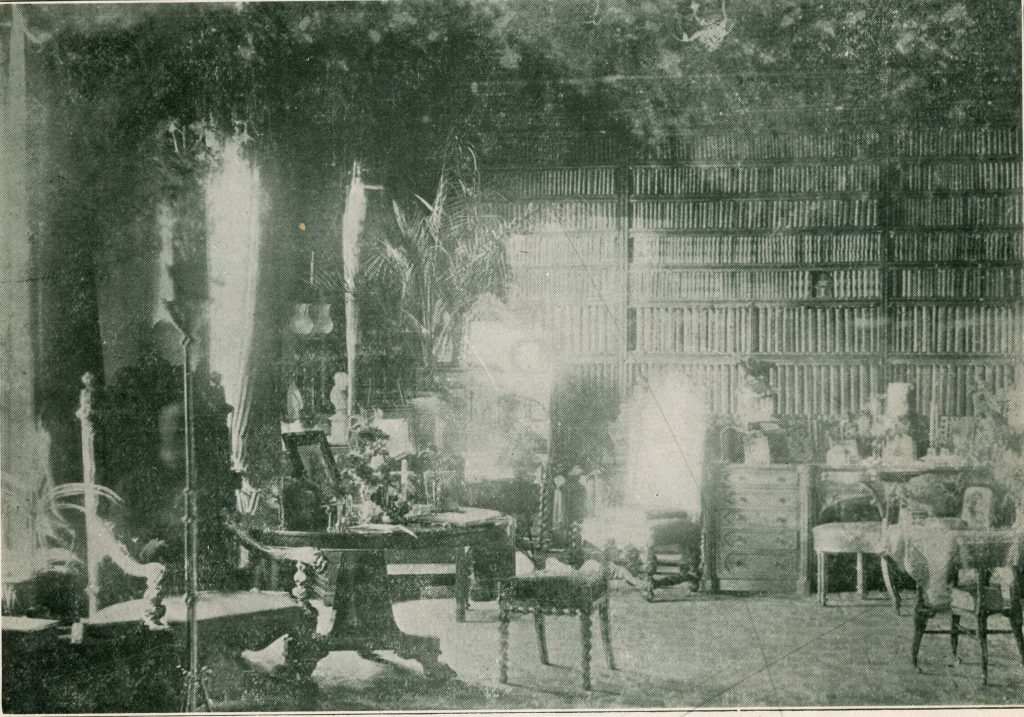
Hauntings
Stories of hauntings gained mass media attention in the 20th century. Reports of spiritual activity captured the interests of the public, believers and skeptics alike. In a quest to produce evidence of ghosts, some began ghost hunting, an investigation which continues to this day.
Not all people responded to these stories with curiosity. While spiritualists saw paranormal activity as evidence of an afterlife, certain religious groups saw paranormal activity as evidence of evil. Differences in belief systems have contributed to different perceptions of paranormal phenomena.
The Garrett Collection houses a variety of artifacts relating to ghosts and spirits, including periodicals and newspaper clippings, photographs, audio recordings, and books. From newspapers discussing the skepticism to audio recordings of personal accounts, from reports of poltergeists in the house to séances with ghosts in an rectory, there are many stories to explore.
Click on the images below for a closer look

